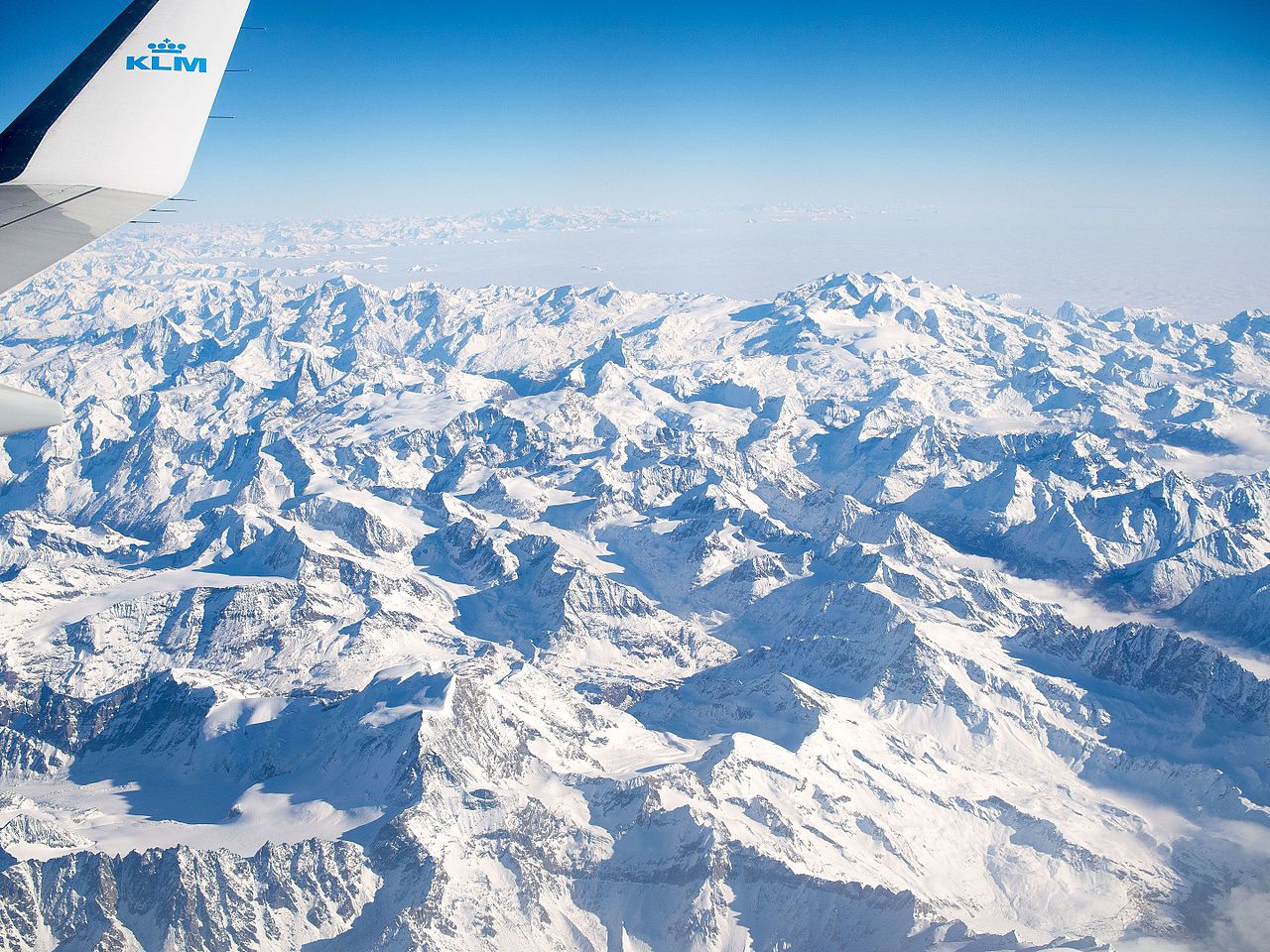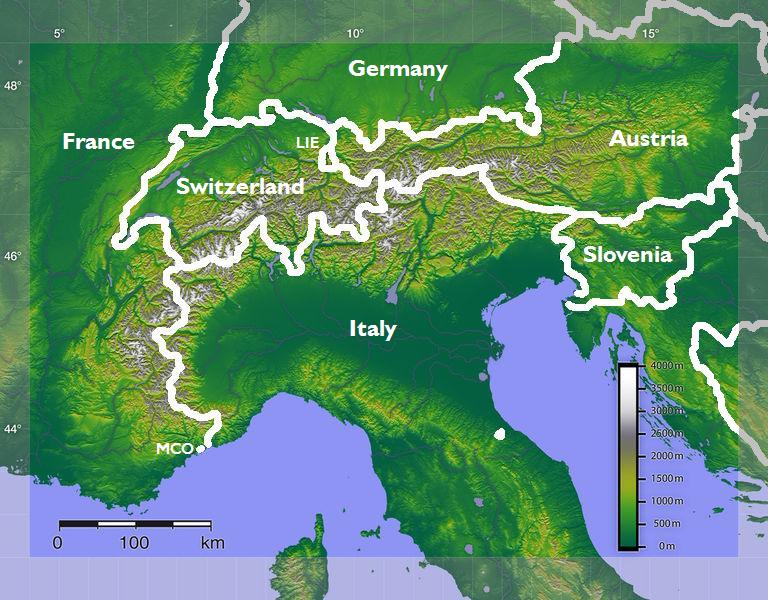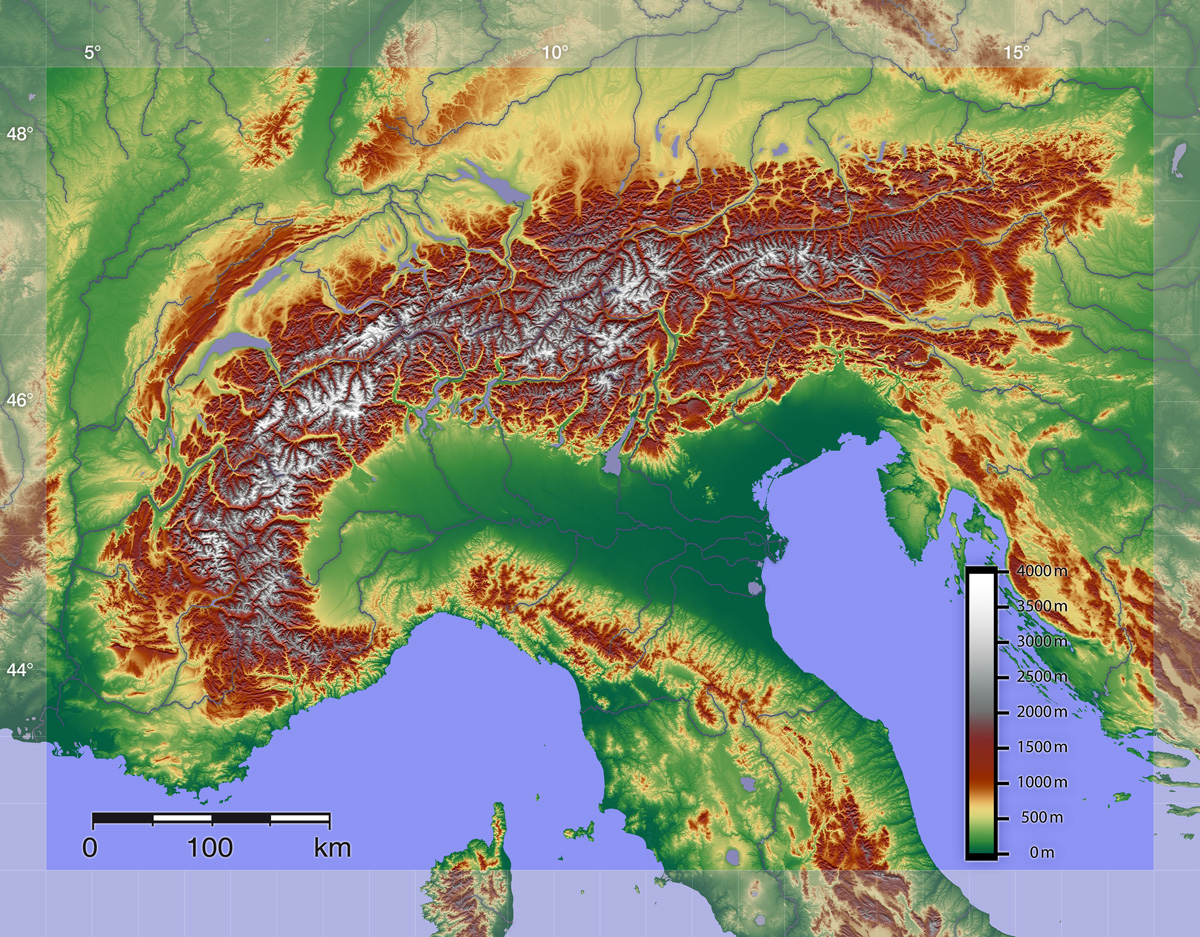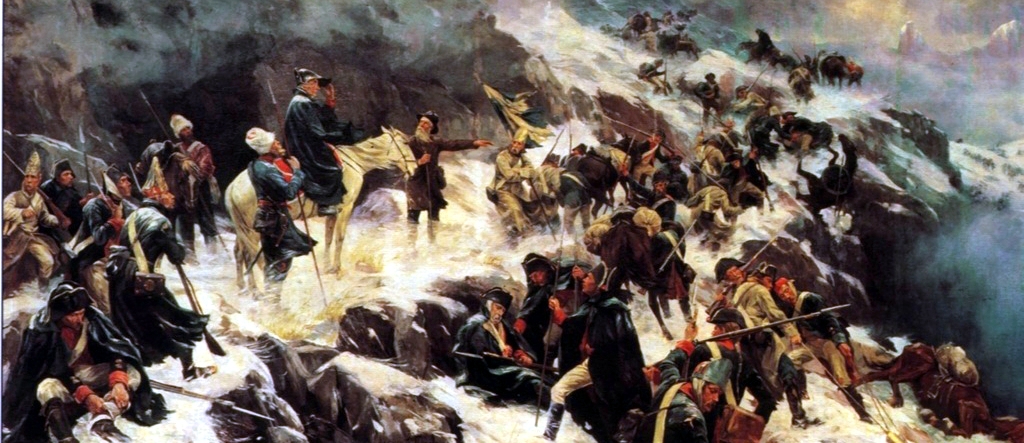
AsianOverland.net
Tour Guide - Itinerary
Asian Overland Sydney to London
Started 22/06/2022 Finished 21/06/2023365 Days ITINERARY
Day 269 date 17/03/2023ZURICH, SWITZERLAND to ST ANTON AM ARLBERG, AUSTRIA
ASIANOVERLAND.NET LONDON TO SYDNEY DAY 269: ZURICH, SWITZERLAND TO ST ANTON AM ARLBERG, AUSTRIA
Saint Anton am Arlberg is a village and ski resort in the Austrian state of Tyrol in the Tyrolean Alps, withgondolas and chairlifts up to 2,811 m. St Anton is on the main train line or Orient Express from Paris, Dijon, Zurich, Vienna to Istanbul. St Anton is one of the best skiing villages in Europe, together with its Arlberg neighbours, St Christoph, Zurs, Lech and Oberlech.
The European Alps are the highest and most extensive mountain range in Europe, covering 1,200 km across seven Alpine countries, France, Switzerland, Italy, Liechtenstein, Austria, Germany and Slovenia.
Evidence of human habitation in the Alps goes back thousands of years - a mummified man, dated to 5,000 years old, was discovered on a glacier at the Austrian–Italian border in 1991.
Hannibal famously crossed the Alps with an army including elephants, and the Romans built settlements in the Alps - Aosta (named for Augustus) in Italy, Martigny and Lausanne in Switzerland, and Partenkirchen in Bavaria, all with remains of Roman baths, villas, arenas and temples.
In 1800, Napoleon crossed the Alps with an army of 40,000 in pursuit of the Russians who crossed the Alps in 1799, although Napoleon eventually fell in Russia after burning Moscow to the ground in 1812.
Major European rivers flow from the Alps, including the Rhine, the Rhône, the Inn, and the Danube, all of which have headwaters or tributaries in the Alps and flow into neighbouring countries, eventually emptying into the North Sea, the Mediterranean Sea, the Adriatic Sea and the Black Sea respectively. These major rivers, together with the Alps, formed natural boundaries between various communities, languages, religions, nations and Empires, particularly the Romans/Huns; the French/Germans, the Prussians/Austrians and the Russians/Ottomans.
Most of the Alpine region was gradually settled by Germanic tribes, (Lombards, Alemanni, Bavarii, and Franks) from the 6th to the 13th centuries, mixing with local Celtic tribes.
Charlemagne's Frankish expansion of the Carolingian Empire and the Bavarian expansion in the eastern Alps introduced feudalism and the building of castles to support the growing number of dukedoms and kingdoms.
The medieval period was a time of power struggles between competing dynasties, usually involving the House of Habsburg in Austria.
In 1291, to protect themselves from incursions by the Habsburgs, four cantons in Switzerland drew up a charter as a declaration of independence from neighbouring kingdoms. After a series of battles fought in the 13th, 14th, and 15th centuries, more cantons joined the confederacy and by the 16th century, Switzerland was well-established as a separate state.
St Christoph am Arlberg is a village beside St Anton, where the shepherd Heinrich Findelkind built a hospice as a shelter in the 14th century for travellers crossing the Arlberg pass to the Vorarlberg province, Stuben, Lech and Zürs.
In the German-speaking parts of the Alps (Austria, Bavaria, Tyrol, Liechtenstein and Switzerland), there are strong Alpine folk culture and traditions, which are maintained among inhabitants. At cultural events, traditional folk costume is expected: lederhosen for men and dirndls for women. The rich customs of the Alps are on display at public Volksfeste, including music ( the playing of Alpenhorns), dance (Schuhplattler), sports (wrestling and archery), and traditions with pagan roots such as the lighting of fires on Walpurgis Night and Saint John's Eve, and Fastnacht in the weeks before Lent.
From the time of Maria Theresa of Austria (1740−1780), Tyrol was governed by the central government of the Habsburg monarchy at Vienna in all important matters.
Following defeat by Napoleon in 1805, Austria ceded Tyrol to the Kingdom of Bavaria, and Tyrol as a part of Bavaria became a member of the Confederation of the Rhine in 1806. The Tyroleans rose up against Bavarian authority and succeeded three times in defeating Bavarian and French troops trying to retake the Tyrol.
Austria lost the war of the Fifth Coalition against France, and got harsh terms in the Treaty of Schönbrunn in 1809. Tyrol remained under Bavaria and the Napoleonic Kingdom of Italy for another four years.
Following Napoleon’s defeat by Russia and Austria, in 1814 the Congress of Vienna agreed that Tyrol was reunified and returned to the Austrian Empire. Russia retained Polish Ukraine and Transnistria (Bessarabia) to the Dniester River, where it retained the border agreed with the Ottomans after Catherine the Great had defeated the Ottoman armies and crossed the Danube in the late 18th century.
© This work is copyright. Apart from any use permitted under the Copyright Act 1968, no part may be reproduced by any process, nor may any other exclusive right be exercised, without the permission of Peter Searle, peter@portseavillageresort.com; 1980-2024.
Website built by Justin O’Dea www.webdeveloperdocklands.com.au








